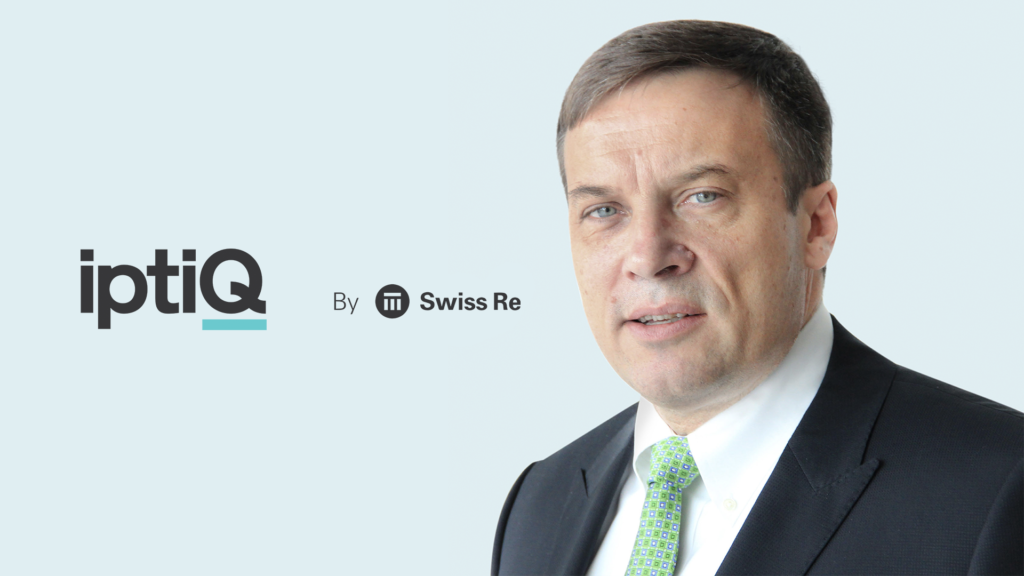With the right technology, those involved in the entire insurance lifecycle can make smarter and faster decisions.
White-labeled digital insurance platforms are in high demand lately and companies such as iptiQ, a part of Swiss Re, bring a hybrid of technology and hands-on insights to optimise the entire insurance journey.
“We’re very much like a tech start-up in our structure and culture, but we have the benefit of having a full balance sheet, so we have the ability to absorb all the risk we take on to our books,” Philip Walker, CEO of iptiQ explained. “We have a full value chain that goes all the way up to lead management and all the way back to claims.”
From a platform perspective, IptiQ is a great example of a fully digital omni channel organization that it natively B2B and B2C, making it easier to have a wide range of global partnerships from distributors that need processing and product changes.
With a focus on life and health in the US, the CEO noted that the main challenges for brands and distributors is speed and flexibility. These clients often have their own internal capabilities in place which is why it’s important to bring in the right partners that understand the full value chain to make sure everything runs smoothly.
“Most of the arrangements we have with distribution partners are very product specific, we work on the innovations they need to make their distribution more effective to meet the needs of a particular customer base,” Walker explained.
“There are lots of situations where it would make sense for an insurance sale to be contextually embedded in another value chain. It’s a huge leap for clients to enter on their own, but having the right partners makes it easier to understand whether the changes are viable and what the best models will be.”
For life and health business, timing is everything. The auto or home market differs as clients are frequently looking for the right policies but figuring out when to have the right conversations about life insurance can be tricky. This is where harnessing data and analytics enhances a customer’s insurance experience.
“How you best support customers in that conversation is a critical part of success for our partners,” Walker noted. “We built a tool that takes information from our partners’ customer base and compares it to what products they might already have to help focus the conversation.”
Leveraging data science tools helps understand insurance buying behavior at a greater scale and provides agents with the opportunity to present product opportunities for policyholders to take advantage of.
Engaging in conversations about what a client is looking for is made easier with the help of platforms such as IptiQ as it provides agents with details about when to approach a client, what would be the most important topics to address, and offers a clear direction on how to steer the conversation.
“The lifetime value of a customer has been relatively static because of low interest rates,” Walker noted. “From a carrier perspective it’s been a little bit compressed, the cost of customer acquisition has been rising which is creating some challenges.
“Prices of leads are going up 30-40% in some sectors and it’s not related to pay-per-performance, it’s due to demand. There are many more people in the marketplace trying to generate high levels of growth without a significant increase in the number of policyholders looking for coverage. That’s what we call the microeconomics of insurance.”
Source: Insurance Business








